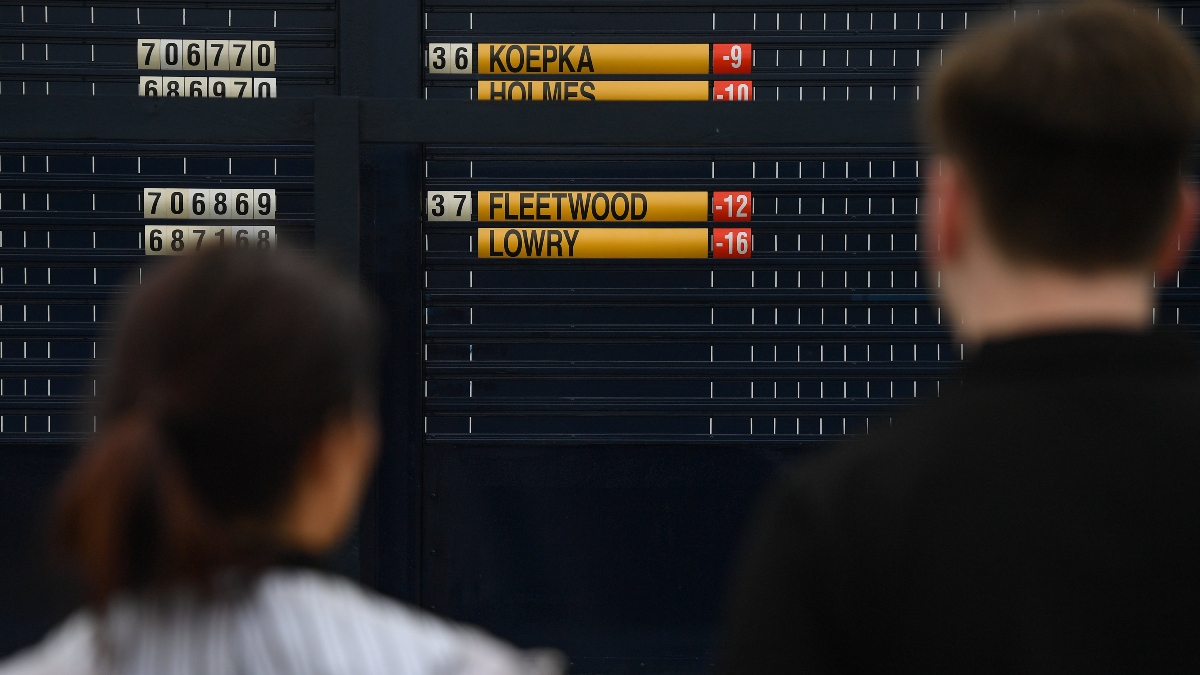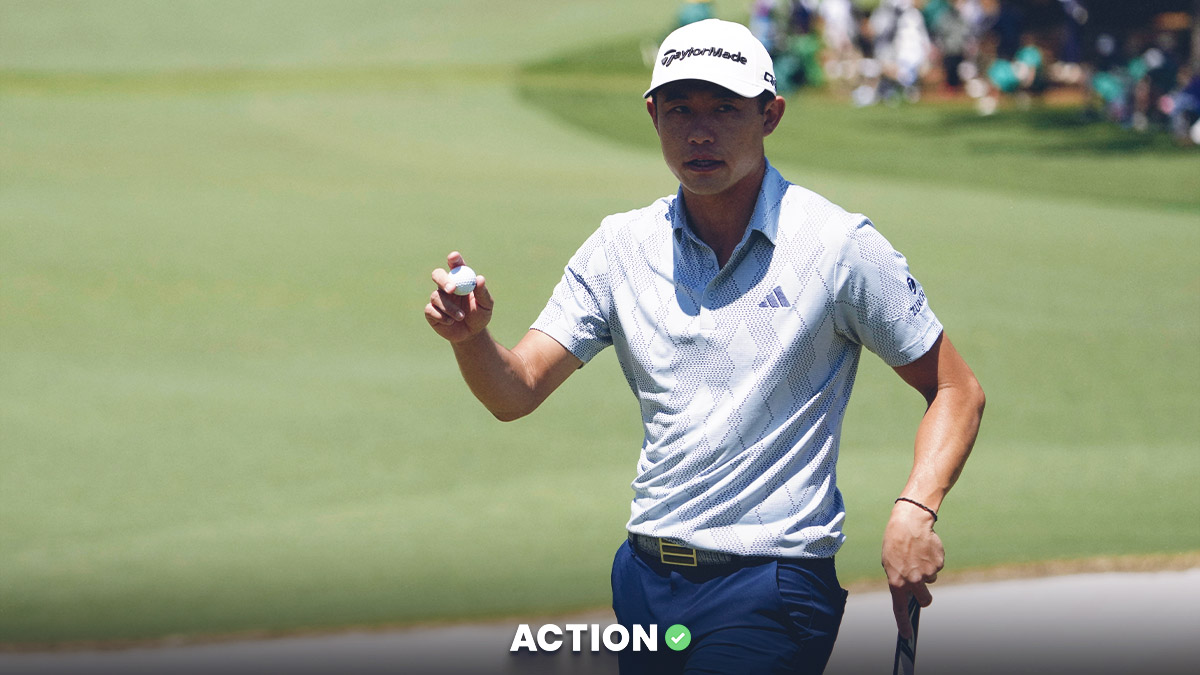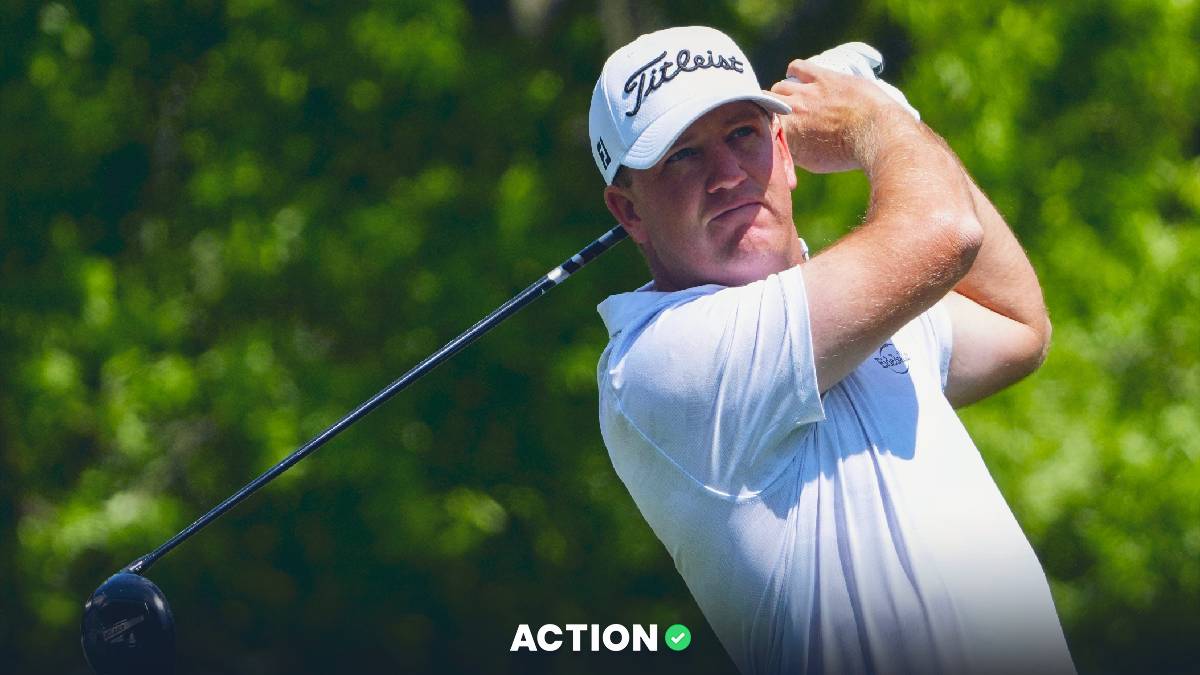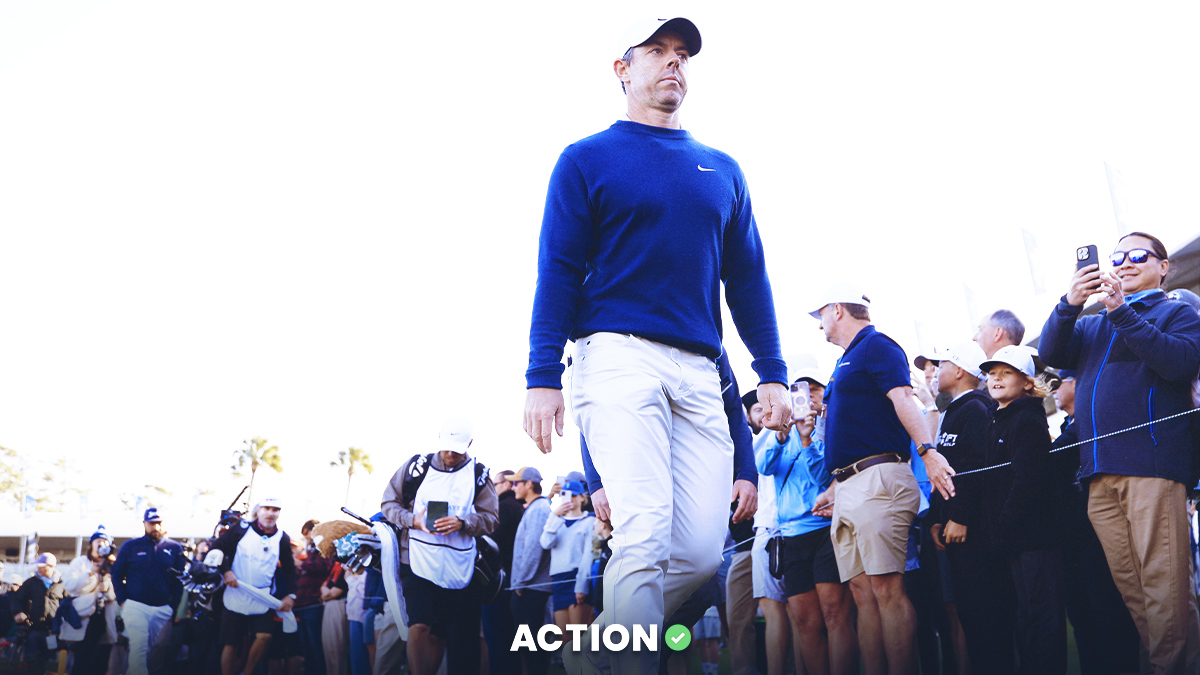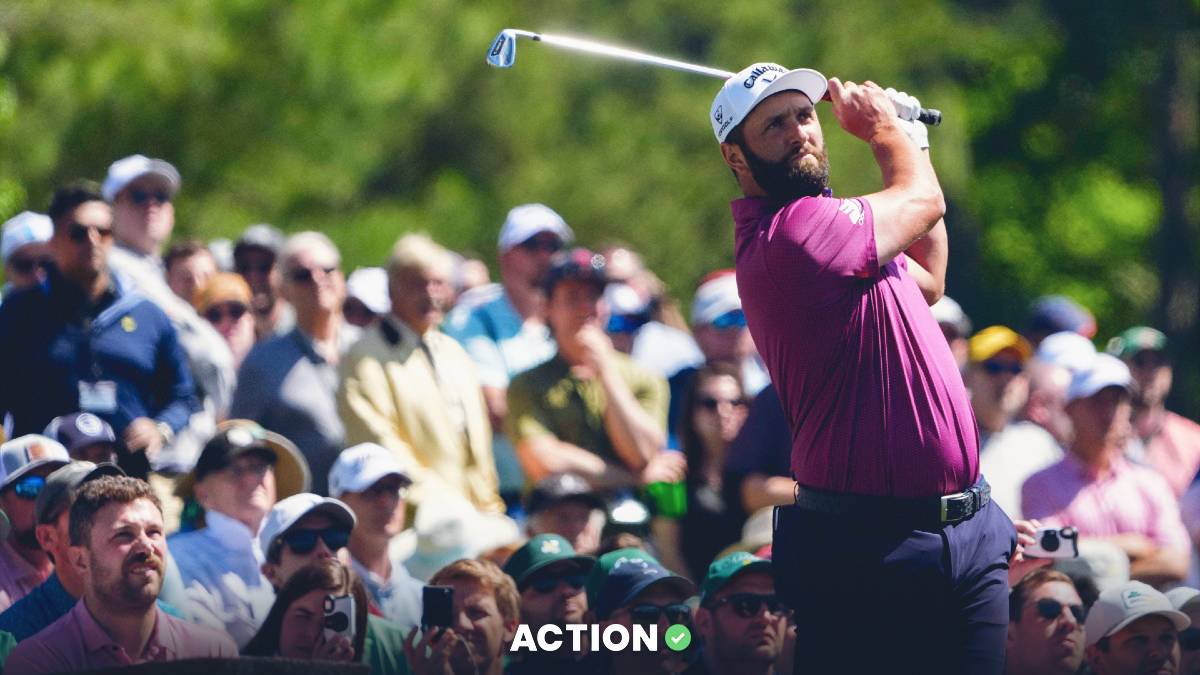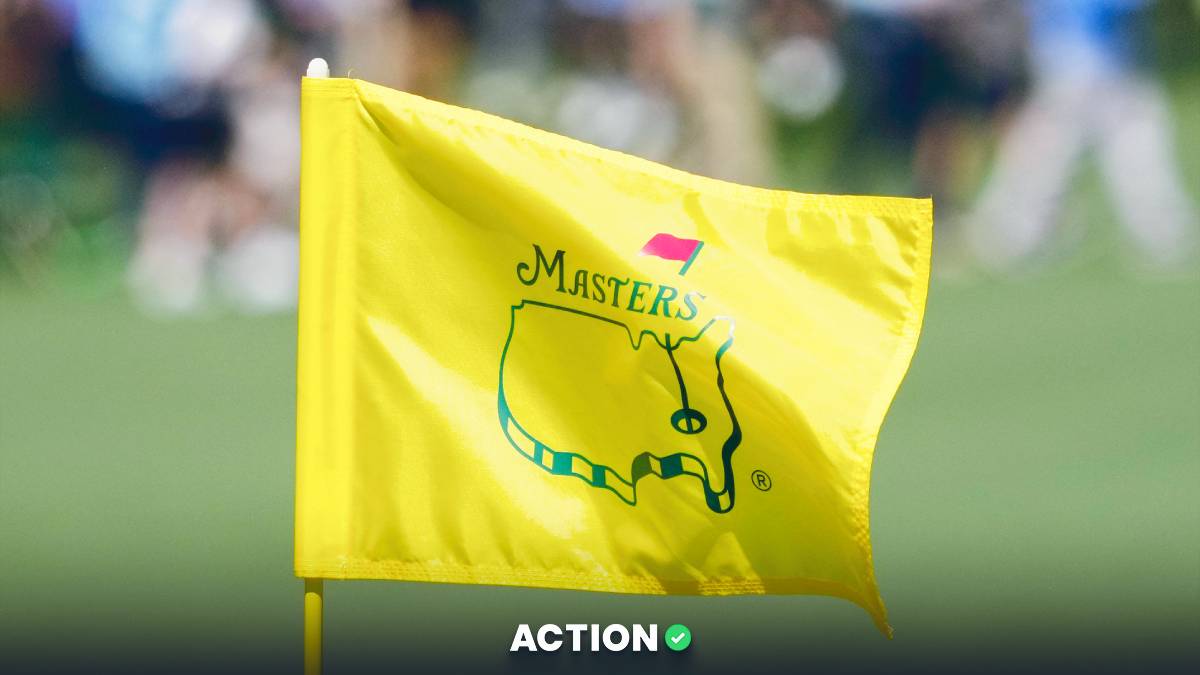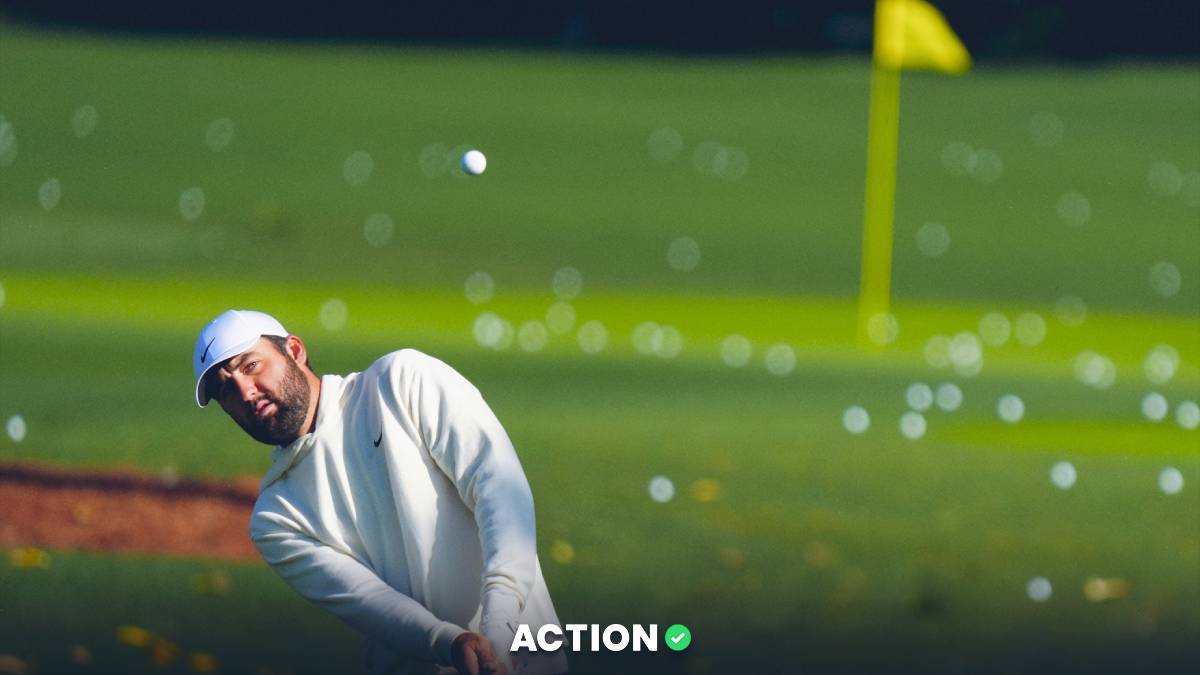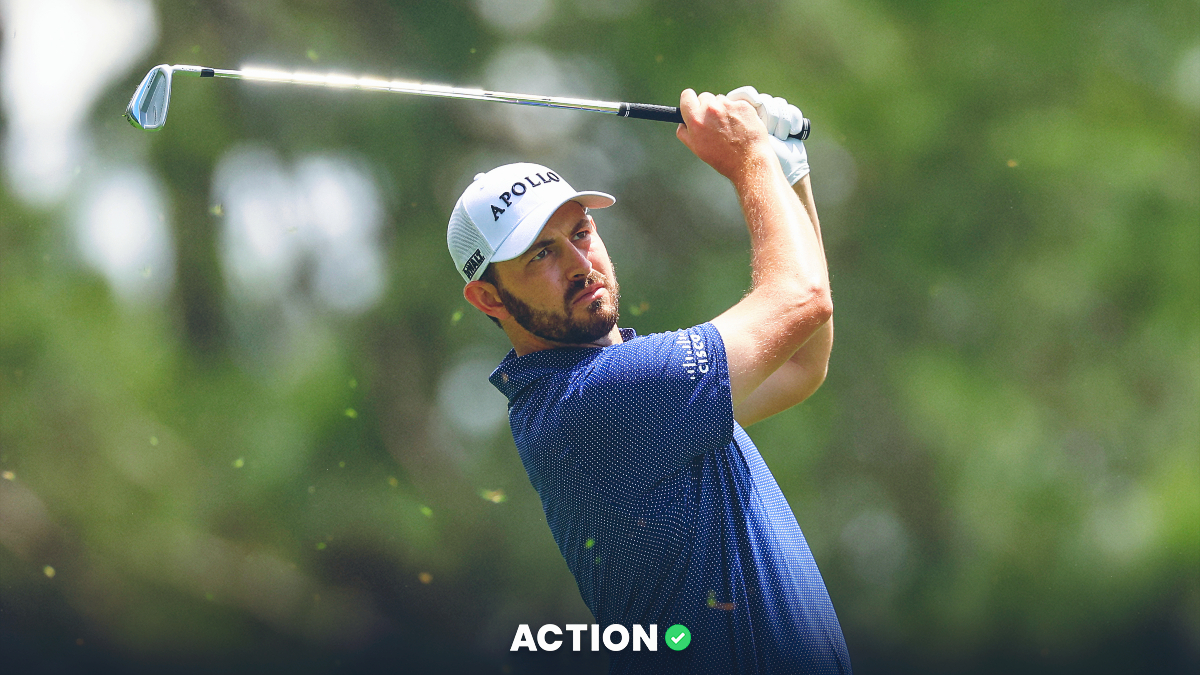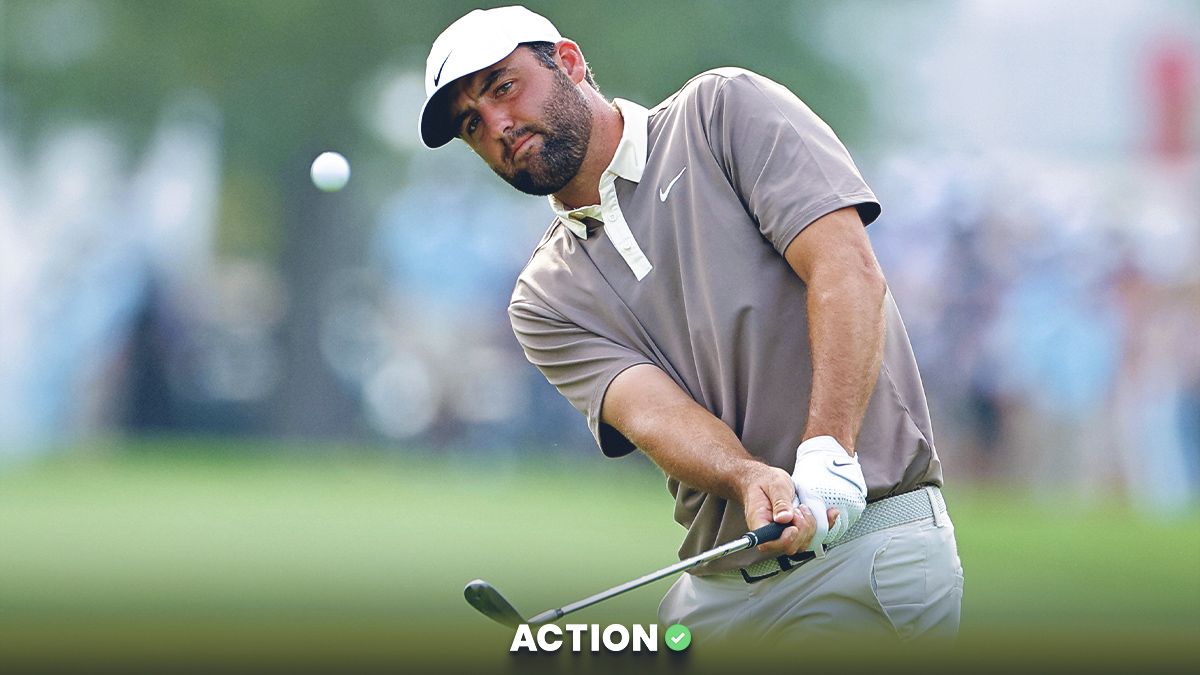As the VP of Risk Management for SuperBookUSA, Jeff Sherman is one of the world’s foremost authorities on golf handicapping. Whether you’re a sharp bettor or a beginner, we all have questions relative to the industry.
Sherman recently answered many of these important questions and more.
If you are new to golf betting and want to learn more, check out How to Bet on Golf and our Golf Betting Glossary.
Q: When setting initial odds for players each week, how do you account for recent form versus course history?
A: Both of these account for a large part of what goes into the odds, and therefore the matchups and prop-making process. It varies from course to course for how these two statistics are weighted. For instance, we will put more weight on course form at the Masters or the RBC Heritage than we would at the Valero Texas Open.
Q: What percentage of tickets (no. of individual bets) each week are on outright winners? What percentage of the total money is on these bets?
A: Over 90% of tickets on a weekly tournament are on the outright odds. Around 50% of total money is on the outright odds. This shows there are many smaller wagers on the outright winner versus more larger wagers (typically 1k for non-majors and 2k for majors) on the matchup and prop markets.
Q: Do you treat outrights and matchup bets differently? Are there ever occasions when Player A is listed above Player B for outright betting, but Player B is favored over Player A in a head-to-head matchup?
A: Outrights and matchups are treated differently. Generally speaking, outrights are 90% general public and 10% sharps, and matchups are 10% general public and 90% sharps. Therefore, there will often be matchups in which a golfer who is 25-1 could be a matchup underdog to a golfer who is 40-1. Phil Mickelson is a recent example of this. He is highly supported in outrights in majors, but generally the sharp players are looking to fade him in matchups.
Q: How much do public betting patterns impact the closing odds? How big would a bet have to be in order to change that initial number?
A: Public betting patterns do impact the closing odds. Over the past few seasons, this is exemplified largest by Rickie Fowler. Each major, he gets excessive betting support regardless of his form, thus his outright odds in majors are shorter than what they truly should be. Obviously, Tiger is the consistent example of this in majors, as his odds should just about always be longer than they are due to public betting patterns.
Looking to bet on the PGA TOUR? Check out FanDuel. Get up to a $500 risk-free bet at FanDuel today or see more offers and reviews for the best online sportsbooks.
The size of the wager to affect the odds would be based on what the odds are. We can take smaller wagers on golfers with longer odds that we would move to control liabilities, where larger-size wagers on golfers with shorter odds might not move the odds at all. So it really depends on what the odds are and what our liabilities are.
Q: Does Tiger Woods generate the highest number of outright tickets whenever he plays? Is there another player the public often bets, regardless of form?
A: Tiger is generally in the top-five of both ticket count and money wagered whenever he plays. In majors, he is usually near the top of both. Sometimes, he is surpassed by golfers in superior form. Rickie Fowler and Phil Mickelson come to mind of golfers who are supported in majors regardless of current form.
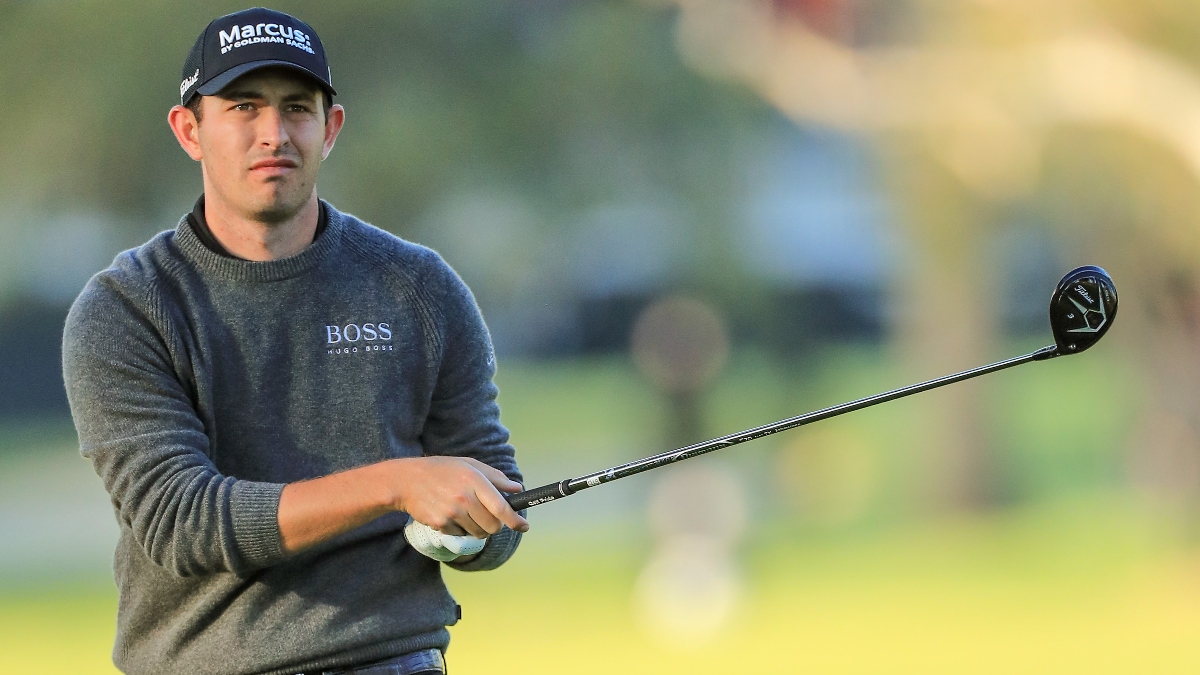
Q: Because of this, are there certain players who are overvalued in the markets? Are there players who are undervalued?
A: Currently, I'd say Rory McIlroy, Brooks Koepka (in non-majors), Tiger Woods and Rickie Fowler are the most overvalued golfers, generally speaking. Patrick Cantlay is the most undervalued golfer on the market, and it is indicative in the matchup market, where he is usually only a small underdog to top golfers in the matchups, but generally has a large discrepancy in the outright markets.
Q: Are the four major championships the most wagered golf tournaments each year? Is there another one which would surprise us at the overall volume?
A: The four majors are by far the most wagered golf tournaments each year. Not only do they have the most wagering options available for them, they have the longest shelf life in comparison to weekly events. The Masters will typically have 50 times more handle than a weekly tour event; the other majors about 25 times more handle than a weekly tour event.
The PGA TOUR Championship is a non-major that typically falls between a non-major and the three non-Masters majors as far as handle.
Q: What is the next step for golf betting? Do you envision it remaining static or will increased legalization and regulation lead to different types of available wagers?
A: The next step for golf wagering is in-play wagering and increased weekly proposition wagering opportunities. As technology permits, more wagering opportunities will be on the horizon. We have recently started offering a winning score proposition for all PGA TOUR tournaments (except opposite field events), and the handle keeps increasing weekly.
Golf wagering has increased exponentially in recent years, and this trend is expected to continue as more jurisdictions pass legislation to accept sports wagering.
Q: In an ideal scenario – if time and potential handle weren’t inhibitors – are there any regular wagers you’d add to weekly tournaments that aren’t currently readily available?
A: The simpler the proposition, the better for wagering handle. As we proceed forward to expanding our golf wagering menu, I can envision daily score props for golfers in addition to the daily matchups. More props like the winning score, perhaps adding a cut score and a Yes/No bet on players to make the cut. We look to turn our majors menu into a weekly menu, and thus expand the majors menu to a Super Bowl-like menu.


